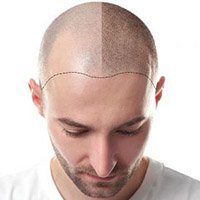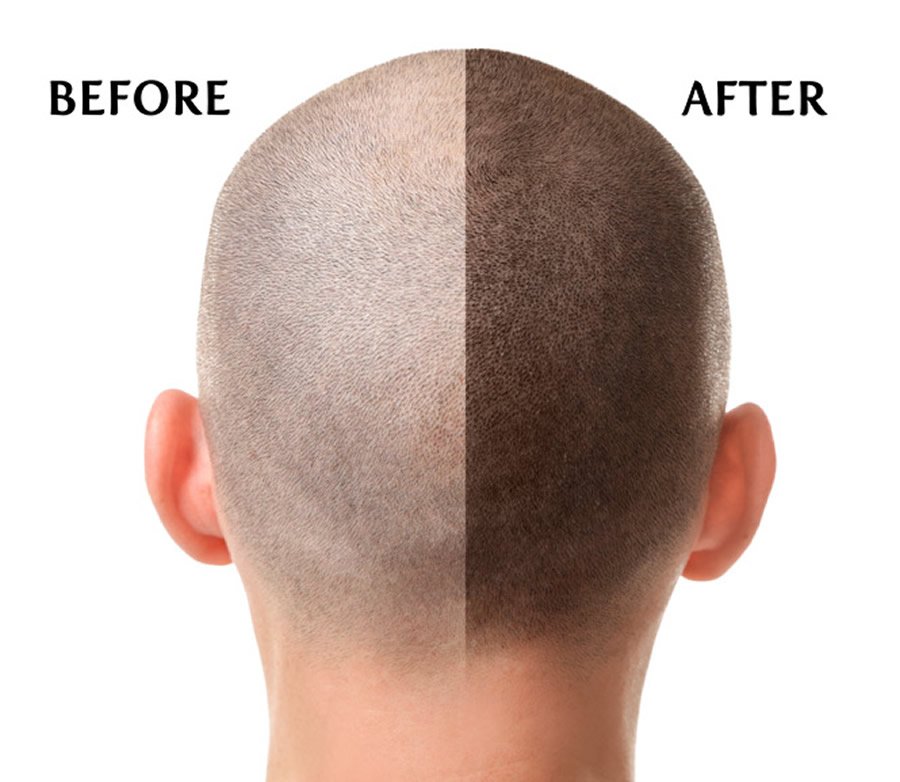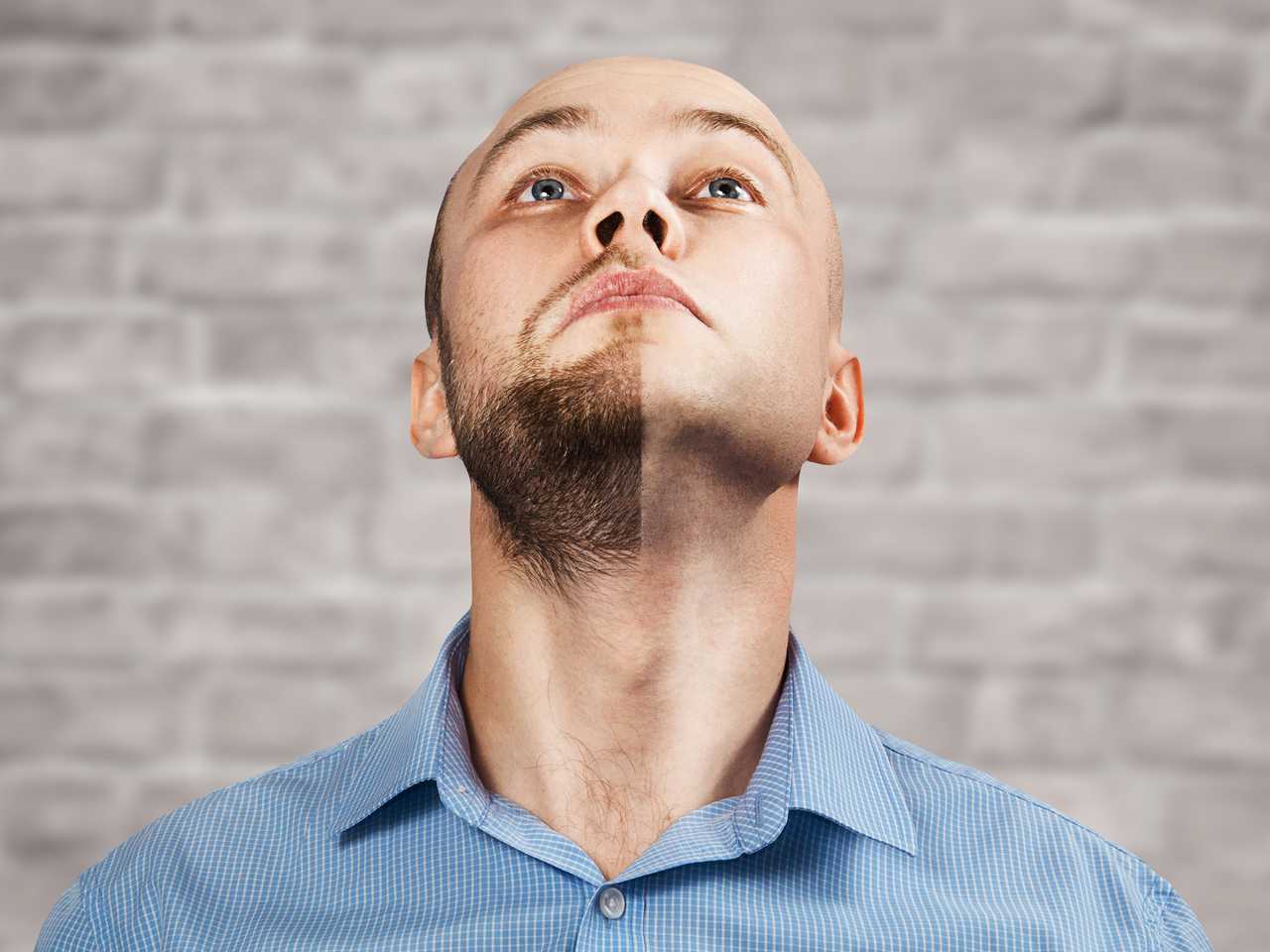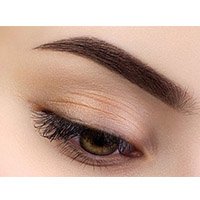Hair Transplant Recovery
Get a Quote
What to Expect During Hair Transplant Recovery
In the hair transplant operation, the post-transplant period is as important as the transplant. After the operation, the transplanted area should be left open without bandaging and air should be provided.
Thus, the area will easily crust by taking air and continue to feed the hair follicles within itself. The planted area should not be rubbed for 1 week.
In addition, the area should be protected from impacts that may cause trauma. Activities such as active sports that will increase blood circulation should be avoided.
It is recommended that the patient sleep in a sitting position for the first 2 days in order to protect the hair transplanted area from friction. The next day after transplantation, the patient is controlled and dressed.
Then, the first wash is done on the second day, and the points that the patient should pay attention to while washing their hair in the following processes are explained to the patient.
The most critical point while washing is not to use nails and not to try to peel off the shells. After a while, the hair enters the process of shedding.
This period, called 'shock shedding', can last 1-3 months. After this period, the hair starts to grow permanently.
What is the Hair Transplant Timeline?
The duration of the healing period depends on the type of hair transplantation that the individual has undergone.
After Follicular Unit Transplant- The person is able to recover in almost 2-3 weeks
After Follicular Unit Extraction- The patient recovers in 5 days
During the first 3 days there may be some swelling and bruising on the scalp. The swelling can continue after 3-4 days of the surgery. You'll be asked to take antibiotics and you can use painkillers for a comfortable healing time.
After the hair transplant surgery you have to restrict your movements to avoid hurting the grafted follicles.
It's recommended to sleep with the head elevated. You can put some additional pillows under the head.
Taking shower will need time and extra attention. You have to put water only on the body and avoid the hair for the first 3 days. On the 4th day, you can wash the hair.
After the first week you can start light exercises such as walking and jogging.
You may feel itchy in the first month, but you must avoid scratching as much as possible.
Within the first 6 to 10 weeks of the procedure, you will face "shock loss" of hair, don't worry this is a natural part of the recovery process.
After the FUT or FUE surgery the hair will start to grow after 8-12 months. But be patient cause it takes time for the hair transplantation to show results.
What are the Tips to Speed up Hair Transplant Recovery Time?
Sleeping in an Upright Position
Use two or more pillows after the hair transplant procedure or, if possible, sleep in an upright position in a reclining chair. This will reduce swelling because the blood has a chance to travel away from the scalp.
It is true that the first week of hair transplant surgery is arguably the most important period during the recovery process. Because post-operative wounds are still fresh and newly placed hair follicles are still very sensitive.
As this situation may cause discomfort, the patient should avoid bending over or tilting his head down. Patients should sleep in an upright position and use pillows to support themselves, if possible. This will help prevent irritation, swelling, and excessive bleeding.
Do Not Wash or Cut Grafts
Unless otherwise stated by the physician, patients should wait at least 48 hours before washing their hair. After that, they can gently wash their hair with shampoo and warm water using warm water to rinse.
This method should be followed for the first 14 days after the procedure to prevent excessive crusting. After that, with the doctor's advice, the patient can resume normal hair washing habits, but should be careful. Combing after hair transplantation should be done very carefully.
Apply Soft Pressure to Grafts
If bleeding or slight swelling occurs after washing the patient's hair, they can apply very light pressure to the affected area for about 5-10 minutes using a clean damp cloth or gauze. The patient should avoid piercing the area as this can increase the chance of infection.
Take Prescription Medicines
Some scars may occur after the procedure. Therefore, it is important to take any prescribed hair transplant medication. These will also help reduce any irritation. One of the tips doctors give is not to touch the scalp until the healing process is complete.
Keep Hair Long to Hide Potentially Visible Follicles
About one to two weeks after the hair transplant procedure, the wounds will begin to heal. A small minority of patients may suffer from follicles becoming visible. To hide that you're having surgery, it's to grow your hair out.
Avoid Strenuous Activities
Patients should avoid any physical or strenuous activity that will raise their heart rate above the resting position for approximately the first week of hair transplant surgery recovery. This can include any activity, from running, cycling and playing tennis to yoga and heavy lifting. Patients should pay attention and protect their heads while getting on and off their vehicles.
Get Proper Eating Habits
A part of the recovery process after hair transplantation is the changes in your diet. It is important to avoid spicy foods, unhealthy foods and alcohol. Also, no smoking should be allowed. Smoking prolongs the healing process. Alcohol can also cause a risk of bleeding, as it dilutes the blood.
Be patient
The most important thing that maintains the recovery after hair transplantation is to be patient. It takes at least three to six months for hair to start growing. Before that time, grafts are healing slowly. The good news is that within nine months the grafts should finish producing hair and from that point on the hair should be growing normally.
What are the Complications can be Occurred After Hair Transplant?
Hair transplantation is an extremely safe and effective procedure for the right candidate without significant risks or complications.
However, as is the case in any surgery, there are risks
The main risks have to do with managing patient expectations. The best use of hair transplants is to help define the anterior hairline and give a fuller, natural look to hairline and temples. Besides this there are also some side effects of the surgery which can be described as risks.
Scarring, unnatural results, excessively large visible grafts, loss of existing hair (shock effluvium), infection (rare but can occur with any procedure), cysts, numbness are the risks that any patient can face with. Make sure you have a good doctor and ask about the risks.
Written on 01/01/2018
-
Last Update: 20/10/2023

 Ask a Doctor
Ask a Doctor





